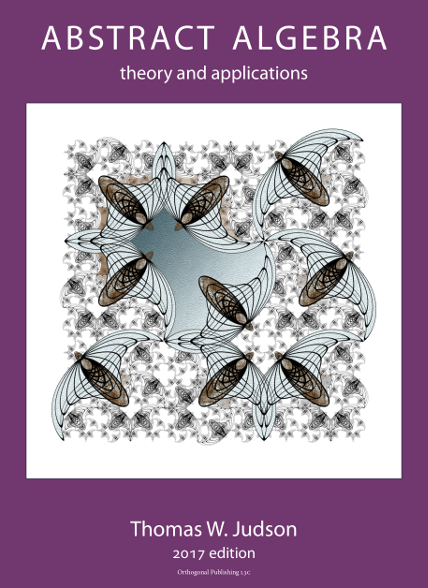Subsection1.5Lists of Integers
One final type of list, with numbers this time. The srange() function will create lists of integers. (The “s” in the name stands for “Sage” and so will produce integers that Sage understands best. Many early difficulties with Sage and group theory can be alleviated by using only this command to create lists of integers.) In its simplest form an invocation like srange(12) will create a list of 12 integers, starting at zero and working up to, but not including, 12. Does this sound familiar?
Here are two other forms, that you should be able to understand by studying the examples.
